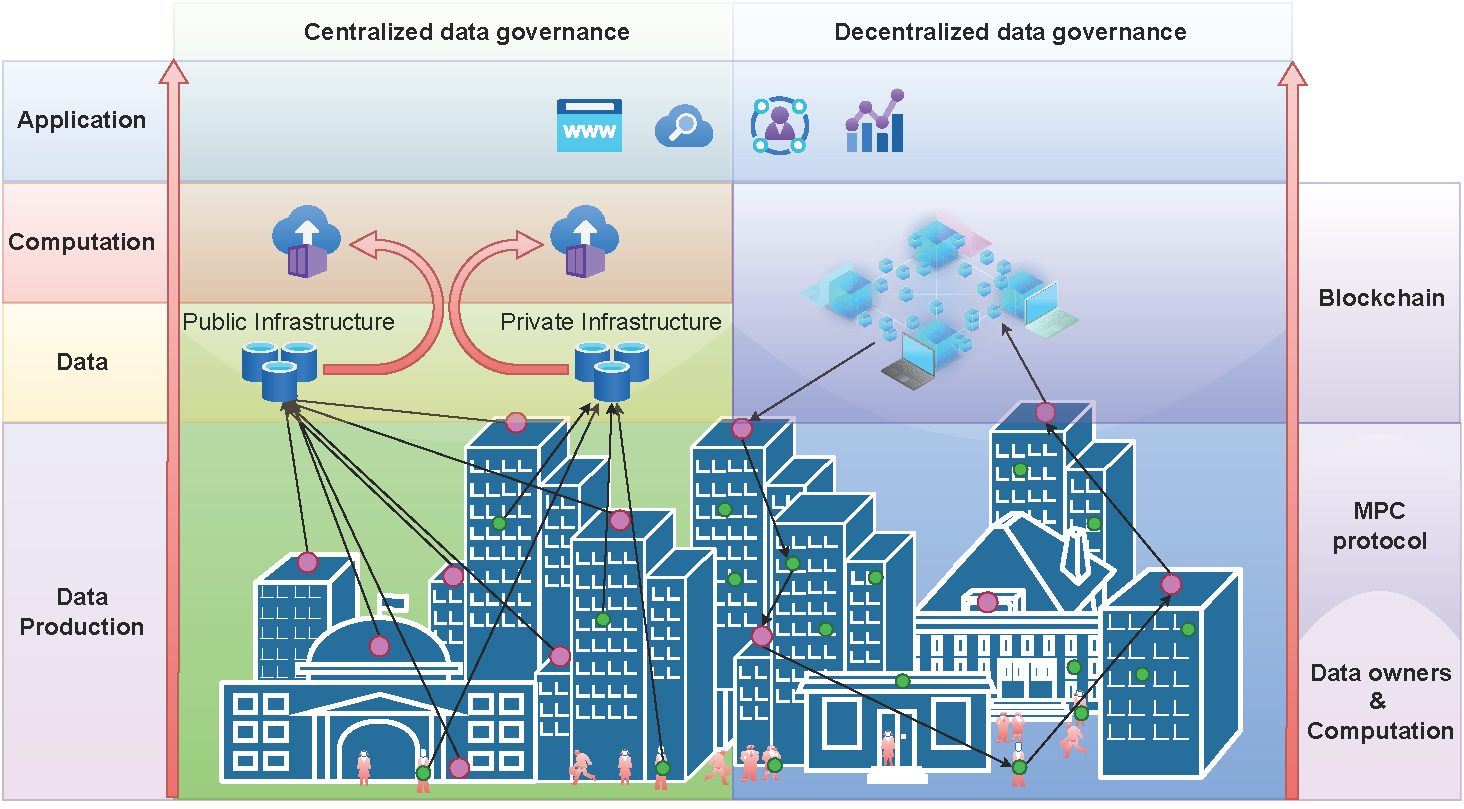
- PROJECT CODE: BI-IT/18-20-007, ARRS – Public call of international bilateral scientific cooperation between Republic of Slovenia and Italy 2018 – 2020
- PROJECT TITLE: Spectroscopy and multivariate data analysis for quality control of modified wood
- PROJECT TEAM: Anna Malgorzata Sandak, PhD (leader), Kelly Peeters, Ana Slavec, Dean Lipovac, Jakub Sandak, Oihana Gordobil, Rene Herrera Diaz
- PERIOD: 01.09.2018 – 31.12.2022
- BUDGET: 7.000,00 EUR
- FINANCING: Slovenian Research Agency (ARRS)
- PARTNERS: InnoRenew CoE (Slovenia) and University of Modena and Reggio Emilia (Italy)
Infrared radiation was discovered over 200 years ago, but for many years, the near infrared (NIR) region was neglected due to demanding spectra interpretation. NIR is now used as a routine method in several sectors; however, its regular implementation toward biomaterials characterization is still problematic due to their natural variability. The project MULTI-SPEC will use non-destructive spectroscopic techniques with advanced data mining for systematic and extensive characterization and evaluation of modified wood. A bottom-up approach, allowing prediction of several macro properties of wood from the information recorded at the molecular level, will be implemented. The MULTI-SPEC project will compare influence of selected wood modification processes, available at industrial scale in Italy and Slovenia. The objective is to develop chemometric models allowing fast and non-destructive comparison of modification extent. Two types of instruments, a bench laboratory FT-N IR and a portable one, will be used for extensive sample measurements. Comparison of equipment performance and calibration transfer protocol will be developed. Such approach is in line with an increased interest in bringing sensors out to “where the samples are,” as opposed to the bringing samples to the lab approach. It is expected that the output of the project will bring confidence in practical applications of NIR spectroscopy for in-situ and on-line applications and its future industrial implementation.
InnoRenew CoE project activities
The MULTI-SPEC project employs non-destructive spectroscopic techniques with advanced data mining for systematic and extensive characterization and evaluation of modified wood. InnoRenew CoE is responsible for the spectral fingerprint of raw and modified wood and supports UNIMORE with data evaluation and numerical modeling of modification processes.




